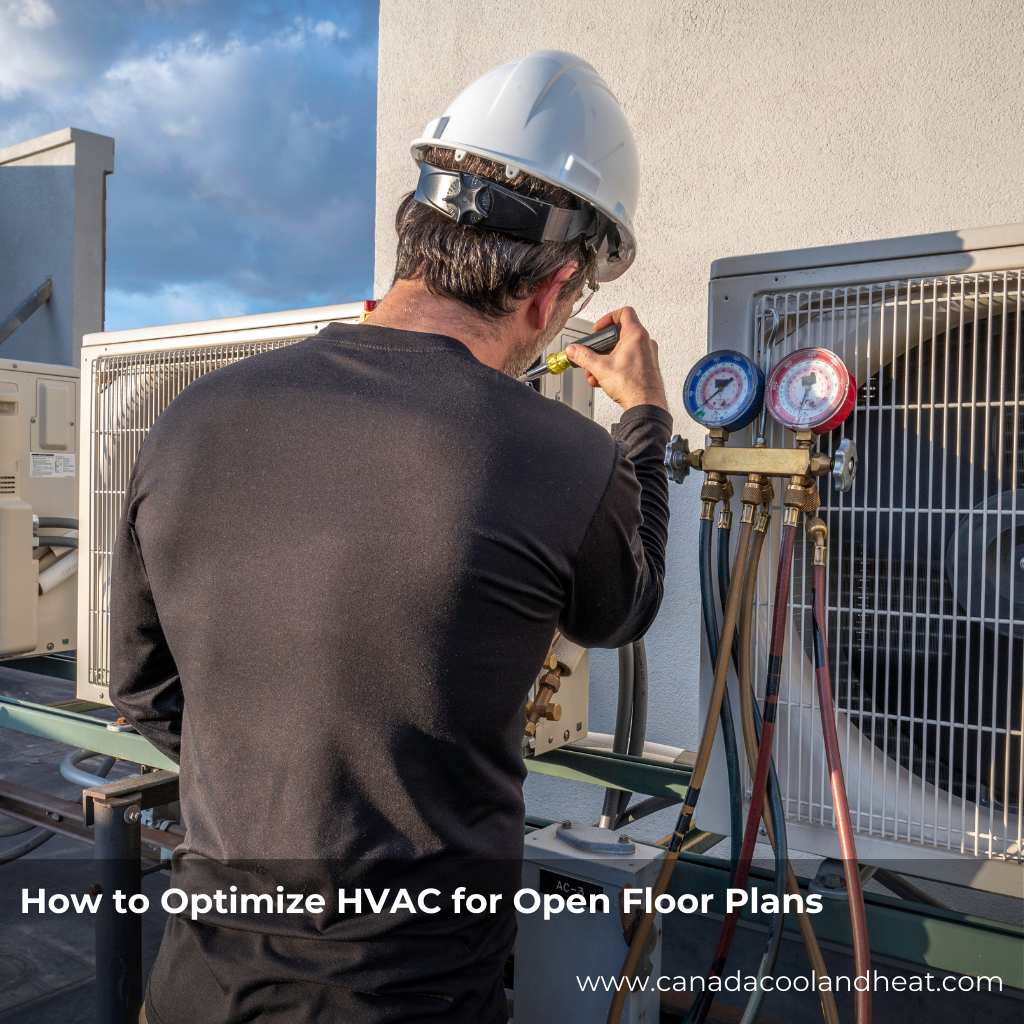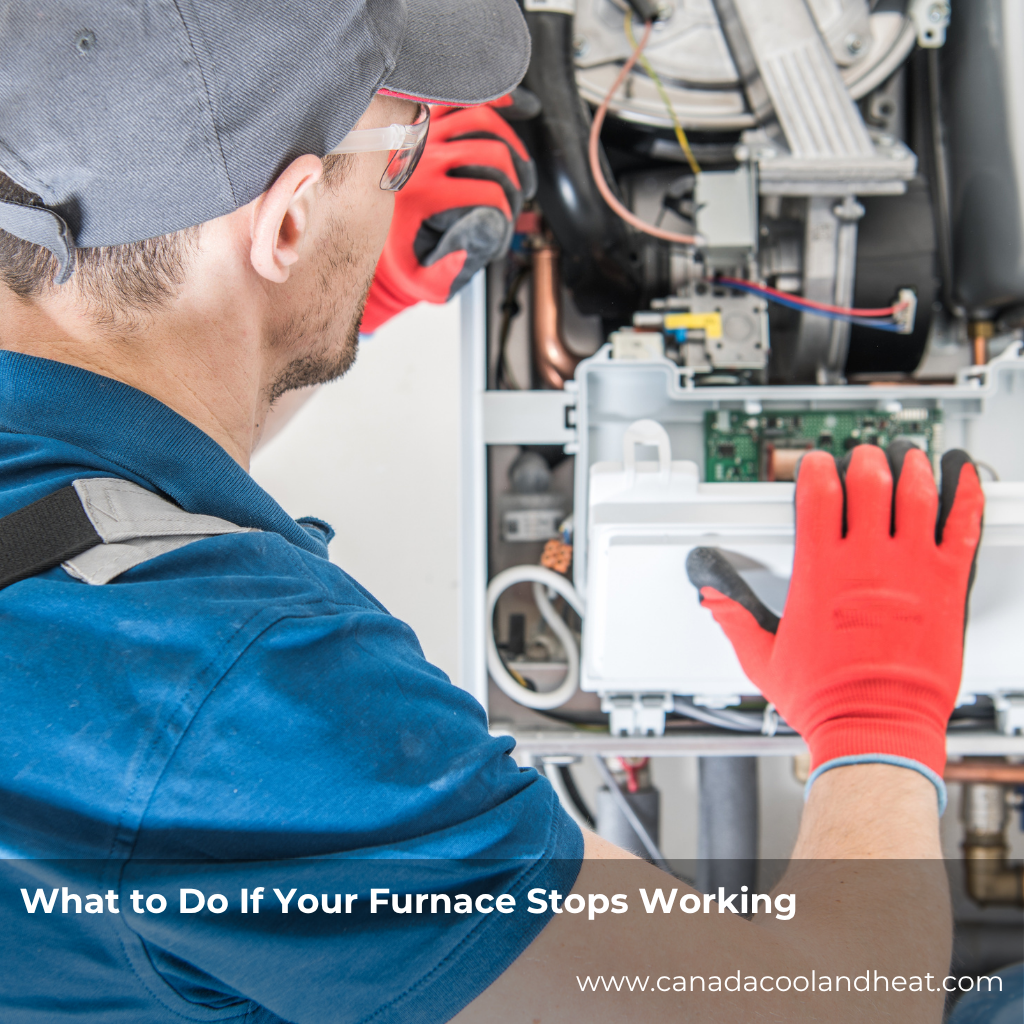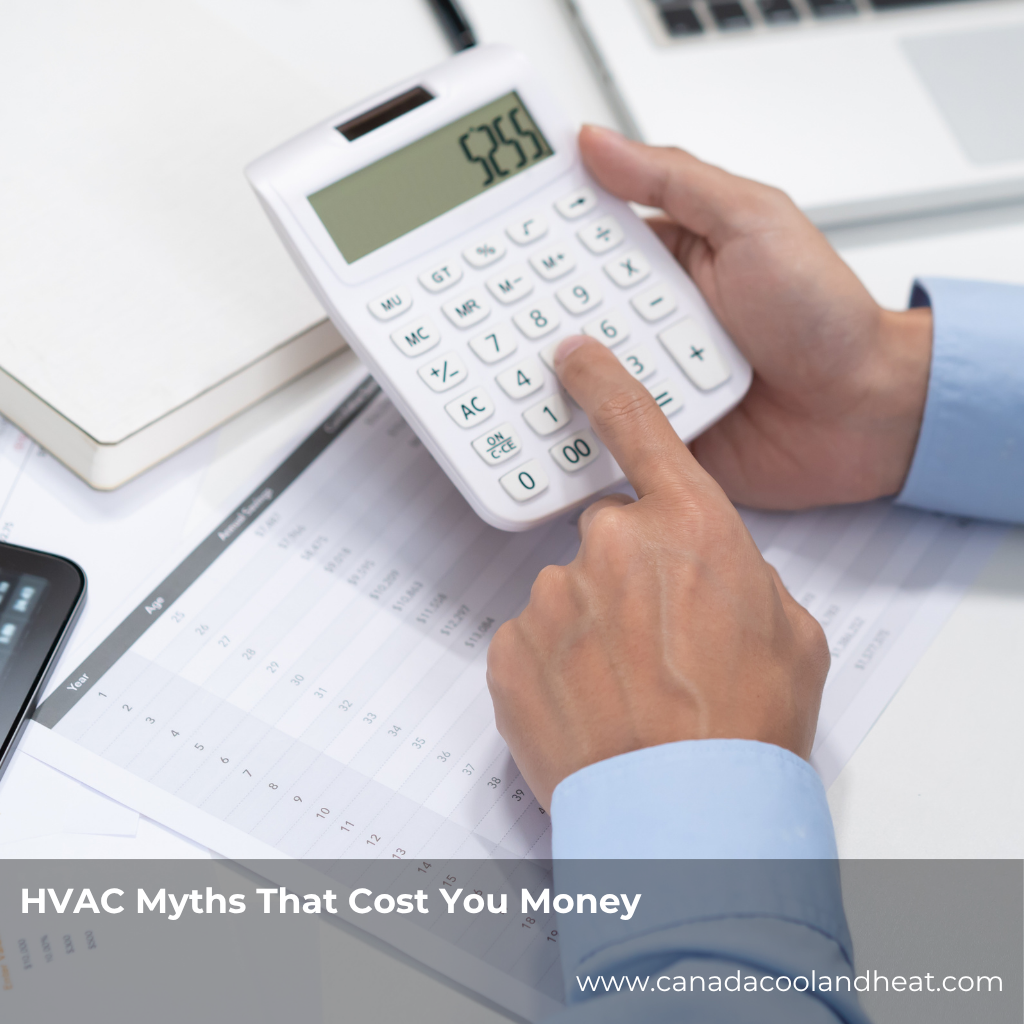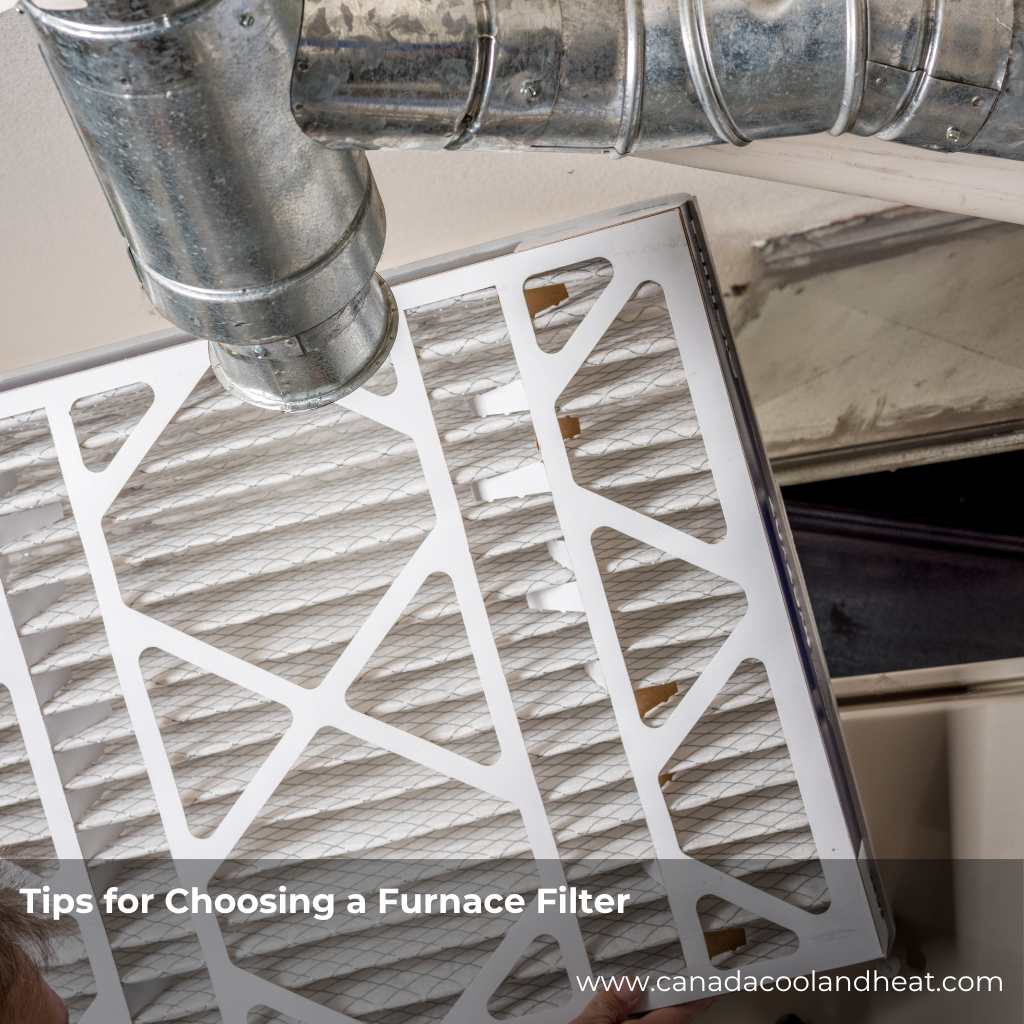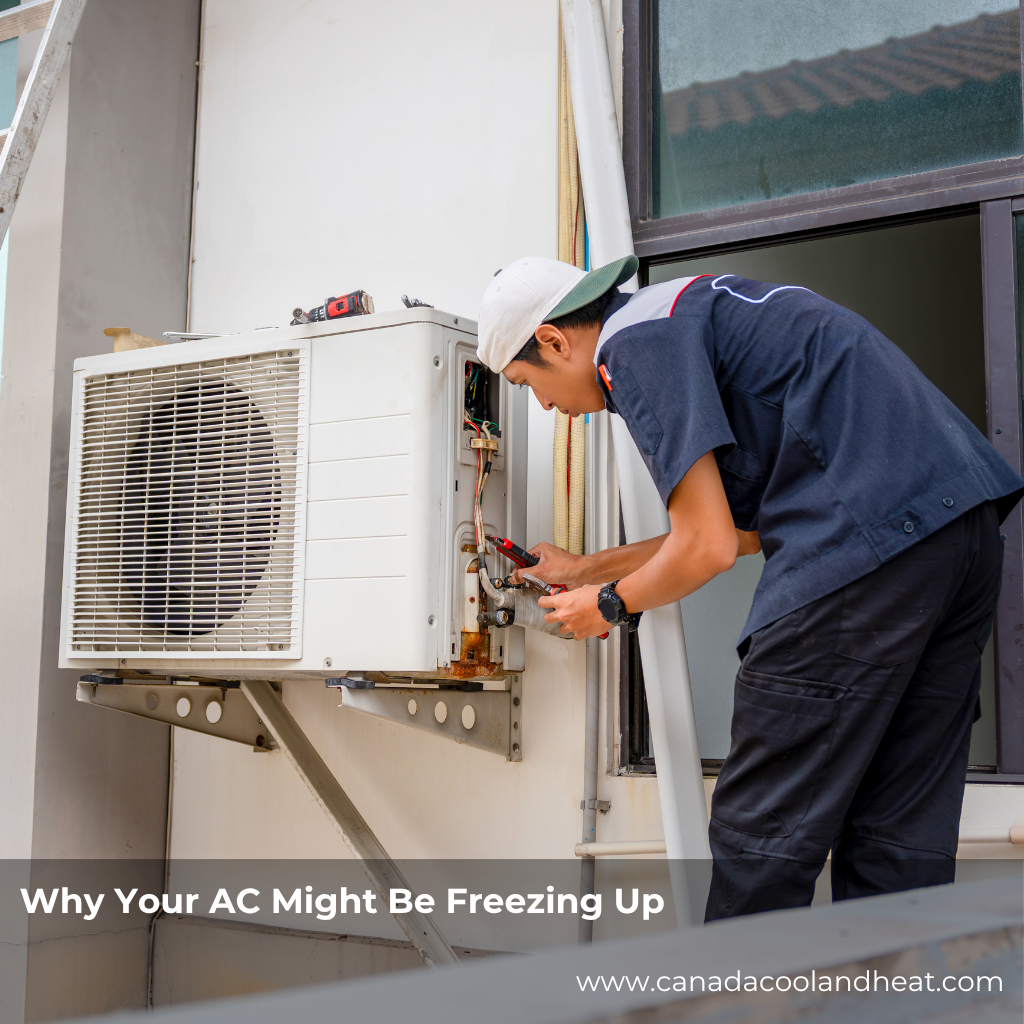Why Proper Ventilation Matters in Open Floor Plan Kitchens
Open kitchens are beautiful, but they also bring unique airflow challenges:
-
Odors travel farther. Without walls, cooking smells spread quickly into living and dining spaces.
-
Heat and moisture rise. Frying, boiling, and baking release heat and steam that impact temperature control.
-
Smoke and grease linger. If not captured, they can settle on furniture, floors, and HVAC filters.
A well-designed ventilation strategy does more than remove smoke and smells—it helps maintain indoor air quality, balances temperature, and protects your HVAC system from strain.
The Role of Range Hoods in HVAC Balance
Here’s where the story gets interesting: your range hood isn’t just a kitchen accessory—it directly interacts with your HVAC system.
When a vent hood turns on, it pulls air out of the home. In tight, energy-efficient houses, this suction can create negative pressure, which forces your HVAC to work harder. If the hood is oversized or improperly installed, it may even backdraft gases from furnaces or water heaters—a serious safety risk.
To avoid these issues, kitchens should balance the exhaust air (what’s leaving) with make-up air (what’s coming in). Think of it like a dance: if too much air leaves without being replaced, the whole system stumbles.
Tips to keep HVAC and vent hoods in sync:
-
Install make-up air systems for hoods over 400 CFM.
-
Ensure HVAC supply registers deliver enough conditioned air to the kitchen area.
-
Use variable-speed range hoods that can adapt to different cooking needs.
Sizing Guidelines for Range Hoods in Open Kitchens
One of the most common mistakes homeowners make is choosing a range hood that’s either too weak or too powerful. Here’s a simple framework:
1. Gas vs. Electric Cooktops
-
Gas stoves produce more heat and combustion byproducts, so they require stronger ventilation.
-
Electric stoves need slightly less airflow.
2. CFM Sizing Rules
-
For wall-mounted hoods: 100 CFM per 10 inches of cooktop width.
-
For island hoods (common in open layouts): 150 CFM per 10 inches of cooktop width since they have more open space to capture fumes.
Example:
-
30-inch gas cooktop with a wall hood → 300 CFM recommended.
-
36-inch island cooktop → 540 CFM recommended.
3. Ductwork Considerations
-
Keep ducts short and straight to maximize performance.
-
Use smooth-walled metal ducts instead of flexible ones.
-
Ensure duct diameter matches hood specs (usually 6–8 inches).
4. Make-Up Air Requirement
-
Hoods over 400 CFM often require a mechanical make-up air system by code.
-
This prevents negative pressure and ensures HVAC balance.
Designing HVAC Around the Kitchen
Ventilation is more than just the hood—it’s about how the HVAC system supports the entire open space. Some design tips:
-
Dedicated returns nearby: Place return vents near the kitchen/dining area so odors don’t circulate through the entire house.
-
Zoned HVAC systems: Separate thermostat controls for living and kitchen zones help manage temperature swings.
-
Ceiling fans & circulation: Help distribute conditioned air evenly, especially in tall, open spaces.
-
Energy recovery ventilators (ERVs): Bring in fresh outdoor air while maintaining efficiency.
Conclusion
An open floor plan kitchen is the heart of a modern home—but without the right ventilation strategy, it can quickly become the source of discomfort. By choosing the right vent hood HVAC kitchen setup, balancing airflow, and sizing your system correctly, you can keep your air clean, your home comfortable, and your HVAC running smoothly.
If you’re planning a remodel or building new, consult with an HVAC professional to ensure your system is designed for open space living. A little planning now means a lot more comfort (and fewer smoky dinners) later.
FAQs About Vent Hood HVAC Kitchens
1. Do I really need a range hood in an open kitchen?
Yes—without one, smoke, grease, and odors spread through the entire living area.
2. What happens if my range hood is too powerful?
It can create negative air pressure, pulling conditioned air out and stressing your HVAC system.
3. Can I recirculate air instead of venting outside?
Recirculating hoods remove some odors with filters but don’t remove heat or moisture. Outdoor venting is always best.
4. How do I know if I need a make-up air system?
If your hood is rated over 400 CFM, building codes usually require one.
5. Are island range hoods less effective than wall hoods?
Yes, since they’re more exposed. That’s why island hoods usually need higher CFM.
6. What’s the best duct length for a vent hood?
Short, straight runs under 30 feet are ideal. Add 5 feet for each elbow in the run.
7. Can range hoods connect to my HVAC ducts?
No—vent hoods require their own dedicated duct system to work safely and effectively.
8. How often should I clean my range hood filters?
At least once a month if you cook frequently. More often for heavy frying or grilling.

